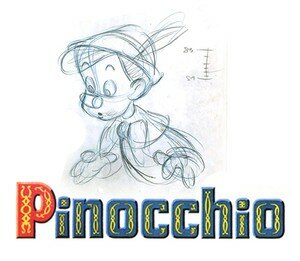
o
If Snow White and the Seven Dwarfs can be considered as a jewel of the animation world at its release in 1937, Pinocchio is indubitably the perfect evolution. Walt Disney had underlined it well at this time, he was out of question for him to make a Snow White and the Seven Dwarfs 2, in spite of the numerous calls of the public to find their favorite heroes in new adventures. And so in the end of the production of Snow White and the Seven Dwarfs, the studio put in construction several films in parallel, all very far from the universe of Snow White. Among these projects we found Fantasia,Dumbo, Bambi, Peter Pan or Alice in Wonderland. It is in the middle of this creative medley thatPinocchio appeared. Inspired by Carlo Collodi's tale, the Disney version goes away from it on several points, deleting some characters, valuing the others, smoothing numerous elements to fit all this universe in the mould of the Disney productions. But it doesn't matter, because this version of the small wooden marionette is still considered as the most beautiful never realized today! Second full-length film and Walt Disney already achieved perfection. The reasons of this success are numerous: experience increased thanks to the acquired experience on Snow White and the Seven Dwarfs, the extraordinary talents (Gustaf Tenggren, Joe Grant, Claude Coats, Marc Davis, Franck Thomas, etc.) and also a colossal budget for this time! It is that after the reserved succes of the film in cinemas (the European market having already entered the Second World War) that the budget assigned to the full-length films of the firm had been revised downwards. Below is a first gallery of pictures dedicated to the film focused on the model sheets of the various characters.
o
Gustave Tenggren's drawings :
10 novembre 2008
Home on the Range
 44th Disney Great Classic, Home on the Range released in 2004 is also the last Disney in date realized in 2D. In view of the very big success of the cartoon movies in 3D (and particularly those of Pixar), Disney made a decision in the very unfortunate consequences: close its 2D department. The announcement of this closure raised the discontentment from the fans community who did not understand why the firm so much wished to make only of the 3D while its support of preference was always the 2D. But what Disney (and so some fans) did not understand was that it is not the support which makes that a film is good, it is above all the story! To go over to the 3D changed nothing, it was even worse (Chicken Little and Meet the Robinsons take part of the most important failures of the studio).So with Home on the range a historic page of the studio was turned, a modest film certainly but not deprived of quality. It is a part with The Emperor's New Groove and Lilo and Stitch (two very beautiful surprises) of these films with reduced budget but where the stories and the characters seem bizarrely much better worked! The story of these three cows of the Wild West is really pleasant to follow, and their well dipped character makes them hilarious, in particular Maggy leader of the trio, one true rebel cow! The graphic style of the film remind strongly the one of the cartoons of the 40's and 50's, with its sets in bright colors and its very angular characters, which happiness to find a style so catchy! But you will better realize it with drawings posted at the bottom of this article.I said that it was the last one Disney in 2D... Well not! Since John Lasseter's arrival to the head of the animation department of Disney, things moved a lot and one of his first decisions was to open again the 2D department! New 2D projects are then put in construction like the very promising The Princess and the Frog which will be released next year in the theaters, it is not a good new?
44th Disney Great Classic, Home on the Range released in 2004 is also the last Disney in date realized in 2D. In view of the very big success of the cartoon movies in 3D (and particularly those of Pixar), Disney made a decision in the very unfortunate consequences: close its 2D department. The announcement of this closure raised the discontentment from the fans community who did not understand why the firm so much wished to make only of the 3D while its support of preference was always the 2D. But what Disney (and so some fans) did not understand was that it is not the support which makes that a film is good, it is above all the story! To go over to the 3D changed nothing, it was even worse (Chicken Little and Meet the Robinsons take part of the most important failures of the studio).So with Home on the range a historic page of the studio was turned, a modest film certainly but not deprived of quality. It is a part with The Emperor's New Groove and Lilo and Stitch (two very beautiful surprises) of these films with reduced budget but where the stories and the characters seem bizarrely much better worked! The story of these three cows of the Wild West is really pleasant to follow, and their well dipped character makes them hilarious, in particular Maggy leader of the trio, one true rebel cow! The graphic style of the film remind strongly the one of the cartoons of the 40's and 50's, with its sets in bright colors and its very angular characters, which happiness to find a style so catchy! But you will better realize it with drawings posted at the bottom of this article.I said that it was the last one Disney in 2D... Well not! Since John Lasseter's arrival to the head of the animation department of Disney, things moved a lot and one of his first decisions was to open again the 2D department! New 2D projects are then put in construction like the very promising The Princess and the Frog which will be released next year in the theaters, it is not a good new?o
o
28 octobre 2008
Tarzan
 Tarzan is the 37th Great Classic of the Disney studios. It takes part of rare full-length films of the company to have partially been realized in France, in the studios of Montreuil (Walt Disney Feature Animation France). Created by Gaëtan and Paul Brizzi in the 80's, the studio started by realizing the animation of Astérix and the Surprise of Caesar. Acquired by Disney in September 1989 it was renamed Walt Disney Television. Having worked on series as Ducktales, TaleSpin, Darkwing Duck or Goof Troops, the studio was integrated in 1994 to Walt Disney Feature Animation. And so they worked on the realization of Runaway Brain (the Mickey's last short film), The Hunchback of Notre Dame, Hercules, One by One, The Emperor's New Groove, Lorenzo, Destino, Brother Bear and of course on Tarzan. WDFAF closed its doors in 2003 at the same time as the Floridian studio.
Tarzan is the 37th Great Classic of the Disney studios. It takes part of rare full-length films of the company to have partially been realized in France, in the studios of Montreuil (Walt Disney Feature Animation France). Created by Gaëtan and Paul Brizzi in the 80's, the studio started by realizing the animation of Astérix and the Surprise of Caesar. Acquired by Disney in September 1989 it was renamed Walt Disney Television. Having worked on series as Ducktales, TaleSpin, Darkwing Duck or Goof Troops, the studio was integrated in 1994 to Walt Disney Feature Animation. And so they worked on the realization of Runaway Brain (the Mickey's last short film), The Hunchback of Notre Dame, Hercules, One by One, The Emperor's New Groove, Lorenzo, Destino, Brother Bear and of course on Tarzan. WDFAF closed its doors in 2003 at the same time as the Floridian studio.The animation of the film was thus realized on two different continents, the big majority in the studios of Burbank in California and the other one in Paris, mainly concentrated on the character of Tarzan. His animation was entrusted to Glen Keane. It is the animator who decided that Tarzan should be animated in Paris. Glen Keane left thus several months for France. And so he discovered the magnificent statues of the Opera, of the Pont Neuf and of the Museum of Orsay, which inspired him strongly for the anatomy and the style of the character. That is what the master says about his Parisian experience: "Once in the studios of Montreuil, I found an incredible group of artists which had been formed in the classic drawing and which experience in anatomy was necessary for the animation of Tarzan. Each one of us bring our key point. The character was richer because they gave themselves all their best. A trust had been established between us, even if I was American and they French, that had no importance, we were all Tarzan ". Other inspiration of the character would come from the Glen's son, then fan of skate and snowboard. By seeing his son on his board, the animator had the idea of the most famous animation of the film: Tarzan "surfing" on the branches of a tree. Tarzan will thus have the attitude and the look of a surfer, what is better to modernize the character! The technique of the animation also allowed to make move the character as ever he did in live films. Here Tarzan can make great jumps, take creepers with its feet, move in an extreme dynamic way, etc.
A new graphic process was used for the sets of the film: the deep canvas. The directors wanted to create decorations sets are cooler as their central figure. Given the dynamism of its animation, sets owed to be in 3D to accompany as good as possible the body movements of Tarzan. But at the same time they had to get closer as much as possible to 2D sets in order not to contrast too much with the animation. It is then that the deep canvas process enters scene. This software allows to move into the sets, to follow the character in its movements. It is in fact 3D sets which are literally painted by hand on computer by means of a graphics palette. The result is then truly credible, we really have the impression to move into the paintings!
The songs of the film were entrusted to the famous singer Phil Collins, it is the first time in the history of the studios that a music star takes charge entirely of the songs of a full-length film. Besides composing them, Phil Collins also interpreted them. And not only in English, the artist took in charge the English, French, Spanish, Italian and German version while he had never sung in foreign language! Phil Collins's participation is not harmless, Tarzan is a film taking place in Africa, place where the rhythms are very important, as Phil was the ancient (excellent) drummer of the group Genesis it was the perfect candidate for this work.
The Disney version of Tarzan restored a blow of freshness in the growing old license of the ape man and made him enter the 21th century. Its dynamism, its modernity and its freshness make it one of the best full-length films of animation of the firm of these last ten years.o
John Watkiss :
o
o
The artist in action :
o
o
12 octobre 2008
Sleeping Beauty
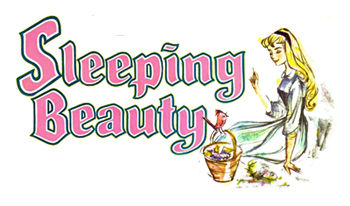
o
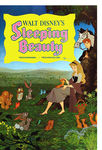 Sleeping Beauty, released in 1959, is considered as the last Great Classic of the first golden age of the Disney studios which had begun with Cinderella in 1950 (although those coming later are also good but very different). Of a six million dollar budget, it was at that time the most expensive animated feature film ever realized. The film is even more ambitious than any other animated film of the studio, he will allow the animation to reach heights, to become a separate art.
Sleeping Beauty, released in 1959, is considered as the last Great Classic of the first golden age of the Disney studios which had begun with Cinderella in 1950 (although those coming later are also good but very different). Of a six million dollar budget, it was at that time the most expensive animated feature film ever realized. The film is even more ambitious than any other animated film of the studio, he will allow the animation to reach heights, to become a separate art.Inspired by a tale of Perrault published in 1697 (re-written by Grimm brothers in 1812), the scenario of Sleeping Beauty was adapted by Ed Penner and Joe Rinladi who were inspired by both previous versions to write their own version. A first version of the story board was subjected to Walt Disney in June, 1952. He refused it. It presented too many similarities with Snow White and the Seven Dwarfs and Cinderella. Monopolized by the opening of Disneyland, the production of documentaries, films of fiction and emissions of television, he delegated Ken Peterson, Don Da Gradi and Ken Anderson to produce Sleeping Beauty. However he often attended the meetings of scenarios.
The animated film is wanted realistic, a live film was shot supervised by Clyde Geronimi and by Eric Larson to help the animators in their work. Never a Walt Disney's animated film had benefited from a preparatory work so advanced. The production of the film lasted five years instead of three usually because of the use of the Technirama 70 mm format (the sets were larger, they needed more time to realize them). Two multi plans cameras were used: one vertical for the scenes of forest and an other one horizontal when we enter inside the castle.
Artists as Albert Hurter, Gustaf Tenggren and Mary Blair had influenced the previous films, but never one of them had been at the same moment the creator of the graphic style of the film and the superintendent of the sets. Disney choose Eyvind Earle as artistic director of Sleeping Beauty. He realized between 1954 and 1959 hundreds of preliminary studies and panoramic sets in gouache, his favorite technique.
For the film's soundtrack, the choice was to adapt the music composed by Tchaikovsky for the Ballet of the same name in 1890. Walt Disney asked to a young musician, George Bruns, to take in charge the adaptation. Browns composed new melodies in mind of the great composer to answer the narrative requirements of the film.
The film's Premiere took place on the 29th of January 1959. In spite of a real esteem success, the astronomical budget was paid off only several decades later. Sleeping Beauty remains today one of the favorite animated films of the artists of Disney studios (source: Walt Disney, L'Age d'Or by Pierre Lambert).
o
Eyvind Earle's paintigs :
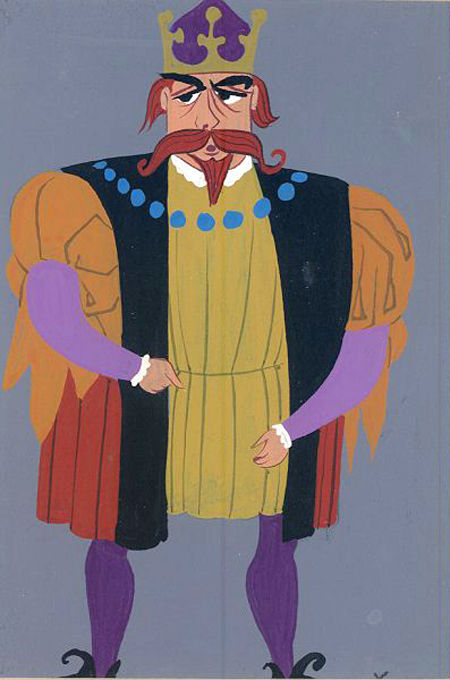
02 octobre 2008
Make Mine Music
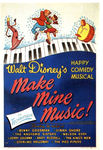 Make Mine Music is the eighth full-length film of the Disney studios. Released on the 15th of 1946 in the United States, it is the first film released during the post-war years. During almost four years, Disney studios had been requisitioned by the American army to create propaganda cartoon movies as well as others speaking about the friendship between the United States and the Latin America (Saludos Amigos, The Three Caballeros), patriotism was then current ! These various films allowed the studios to continue its activities during the war but engendered only very few profits, European market being totally closed. The solution was to realize low-cost films (Pinocchio, Fantasia or Bambi had cost a real fortune). And so during still some years the studio only released "package" films. Package films were in fact a series of short films put the one behind the others in order to create a full-length film of one hour and a half. Inaugurated in 1943 with Saludos Amigos, this style continued until 1949 with The Adventures of Ichabod and M. Toad.
Make Mine Music is the eighth full-length film of the Disney studios. Released on the 15th of 1946 in the United States, it is the first film released during the post-war years. During almost four years, Disney studios had been requisitioned by the American army to create propaganda cartoon movies as well as others speaking about the friendship between the United States and the Latin America (Saludos Amigos, The Three Caballeros), patriotism was then current ! These various films allowed the studios to continue its activities during the war but engendered only very few profits, European market being totally closed. The solution was to realize low-cost films (Pinocchio, Fantasia or Bambi had cost a real fortune). And so during still some years the studio only released "package" films. Package films were in fact a series of short films put the one behind the others in order to create a full-length film of one hour and a half. Inaugurated in 1943 with Saludos Amigos, this style continued until 1949 with The Adventures of Ichabod and M. Toad.Make Mine Music is composed with eleven short films of uneven quality. Some are real jewels: : The Martins and the Coys, All the Cats Join In, Casey at the Bat (which will continue in 1954 with, Casey Bats Again), Peter and the Wolf, Johnny Fedora and Alice Bluebonnet, The Whale Who Wanted to Sing at the Met. On the other hand, other are boring and rather inferior : Blue Bayou (realized as a continuation of Fantasia), Without You, Two Silhouettes, After You've Gone. The good short films were more numerous, we can say that this film remains interesting for any animation passionate.
Make Mine Music takes also part of the rare full-length animated films Disney didn't released in DVD in France (as Song of the South). It's a bottom when we know that Disney France set up a number collection which will never be complete (Make Mine Music is the number eight and Song of the Souththe number nine). The reason of this absence is apparently due to a law problem about the French soundtrack of the film, the soundtrack where we could find the voice of Edith Piaf on the short filmJohnny Fedora and Alice Bluebonnet. The Americans had more luck than us, the film released there but truncated by one of its short films, The Martins and the Coys, considered too violent and making the apology of firearms!
05 août 2008
Saludos Amigos
 Saludos Amigos, the sixth Great Classic of Disney studios released on February 6th, 1943. Its production began in 1941, after the return of a group of artists of the studios of a great journey in South America. The aim of this journey was to promote the American values and to ward off the rise of the Nazi influence in the various countries of the South of the continent.
Saludos Amigos, the sixth Great Classic of Disney studios released on February 6th, 1943. Its production began in 1941, after the return of a group of artists of the studios of a great journey in South America. The aim of this journey was to promote the American values and to ward off the rise of the Nazi influence in the various countries of the South of the continent.Time were hard in Disney studios, after the closing of the European market in 1939, a general strike bursts into 1941, most of the employees claimed the bonuses which had been promised to them during the production of Snow White and the Seven Dwarfs. Instead of satisfying his employees, Disney had then decided to put in construction new studios in Burbank, considering those of Hyperion Avenue too small. The proposition of the American government to send Walt Disney and his team of artists to South America arrived just at the right moment and permit him to go away from the conflict. Among the members who accompanied him we found Lee and Mary Blair, Franck Thomas or Marc Davis. From this journey will be born Saludos Amigos but also The Three Caballeros released in 1945.
Saludos Amigos is particular in several points. First it is the shortest Great Classic ever produced, 46 small minutes! Then it is the only Great Classic where appears Walt Disney himself, playing in the various live scenes incorporated between every animated short film. The time was to do savings, connect several short films between them was the best solution in order to don't to spend too much money. We will call very fast this kind of full-length film:package films. Saludos Amigos is composed of four short films :
- Lake Titicaca : Donald is playing the role of a lambda tourist who is visiting the surroundings of the famous lake.- Pedro : We are following the adventures of a small plane crossing The Andes to deliver the mail.- El Gaucho Goofy : Goofy puts himself in the skin of an American Cow Boy who find himself in the Pampa.- Aquarela Do Brasil : Donald meets Jose Carioca, a parrot possessed by samba, who makes Donald taste the pleasures of his country.
Saludos Amigos will be very well received at its release in February 1943, even if someone blamed it for being much less accomplished than the ancient Great Classics. The film will even be a real triumph in South America. It was three times nominated in Oscars ® for the best music, the best sound and the best song (categories in which the animated films of the studio are often going to meet themselves).
o

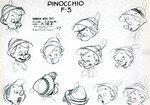
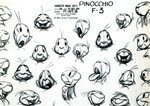

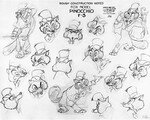
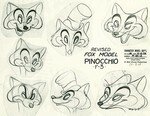
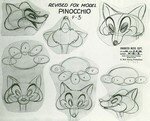
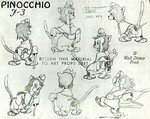
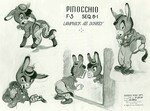
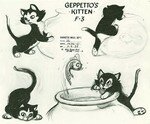

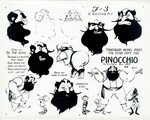
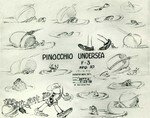
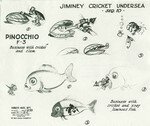
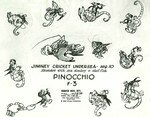
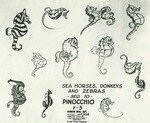
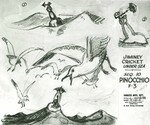
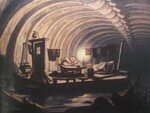
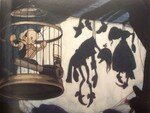
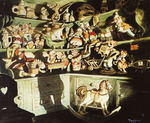


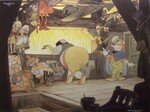
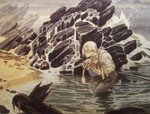
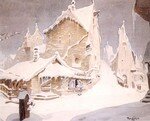


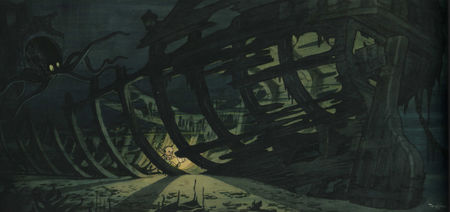
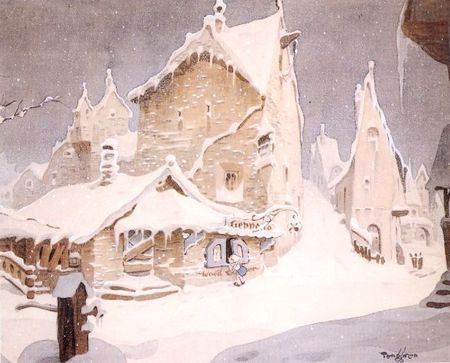
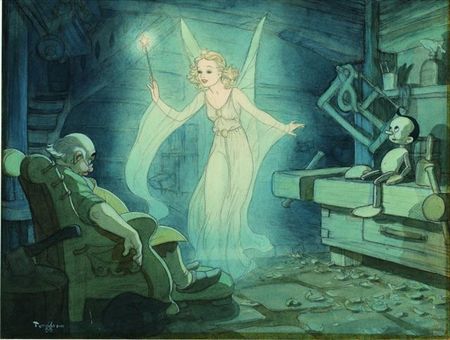
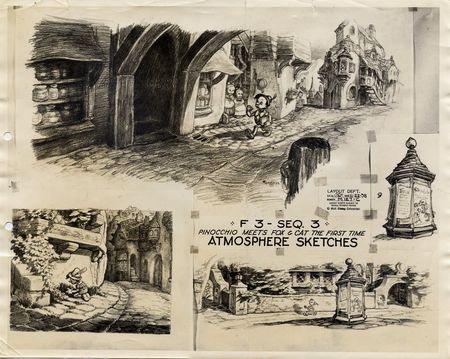
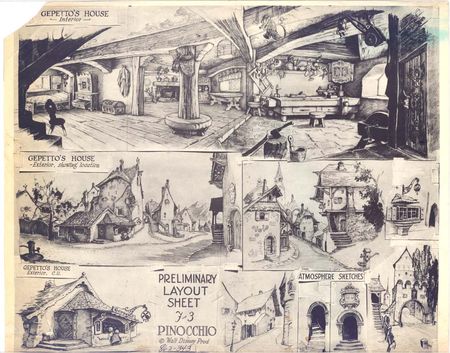
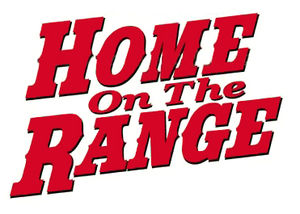



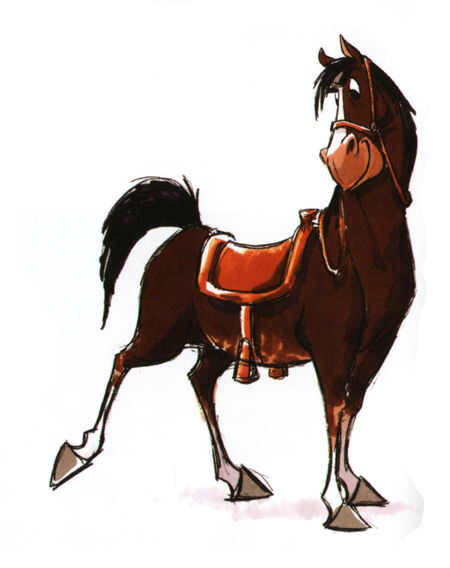
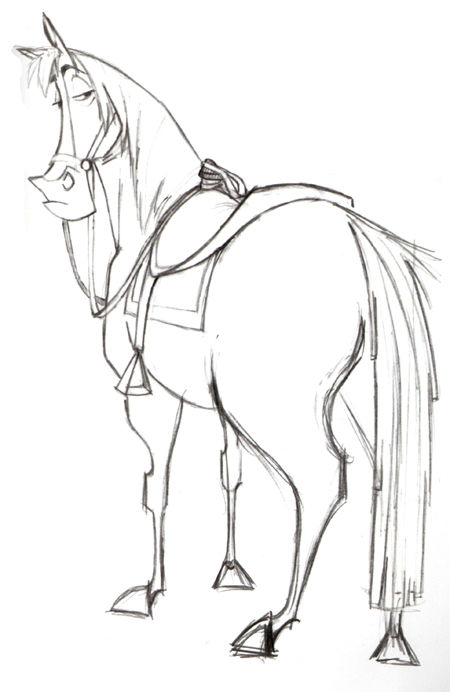




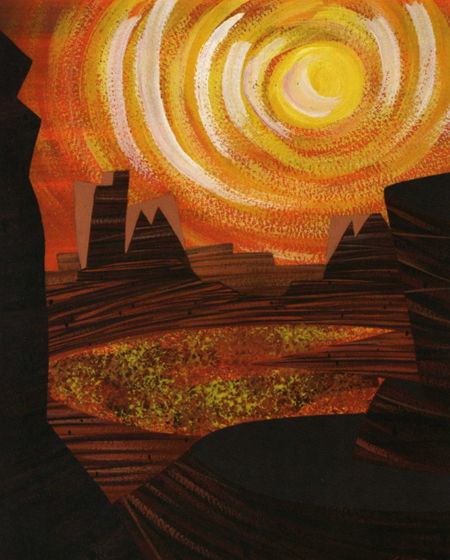
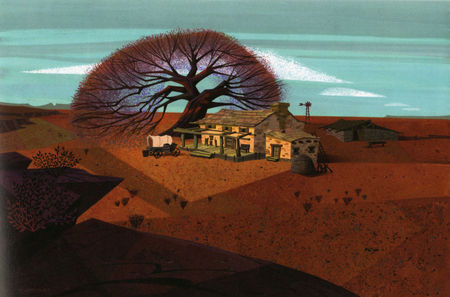
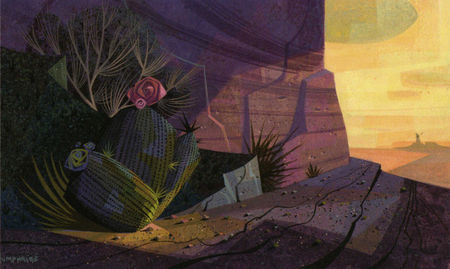



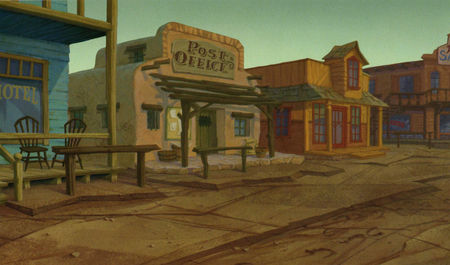
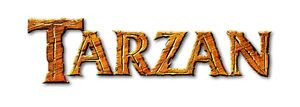







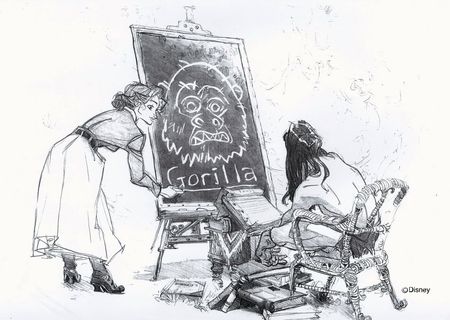
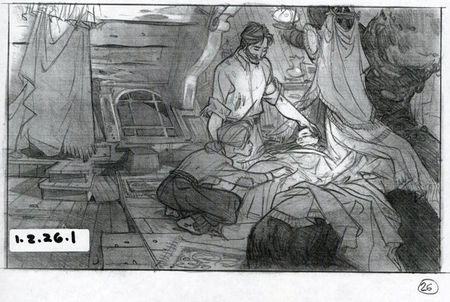



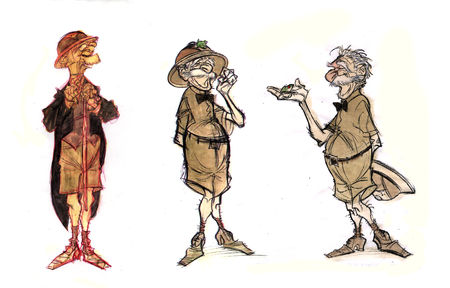
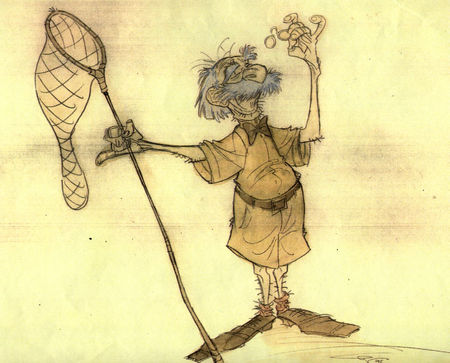


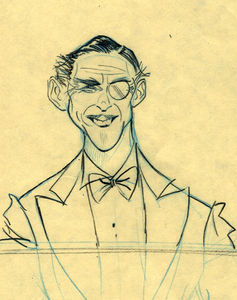
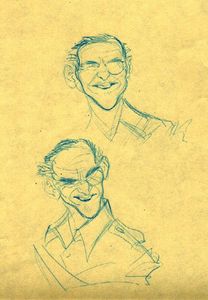
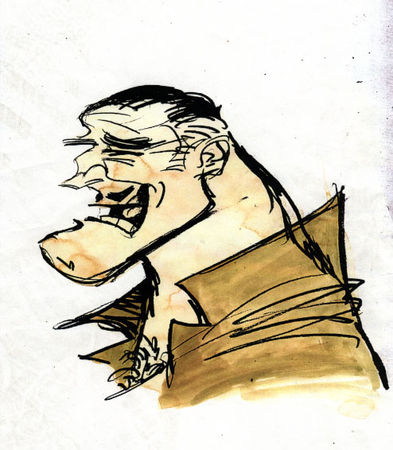
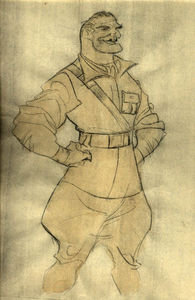
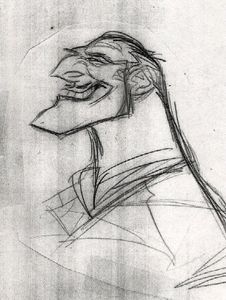
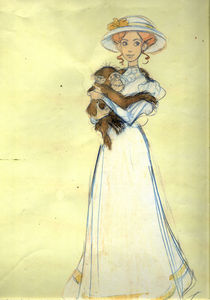



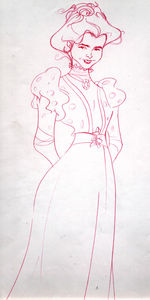
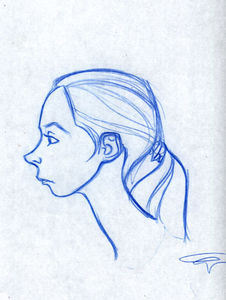
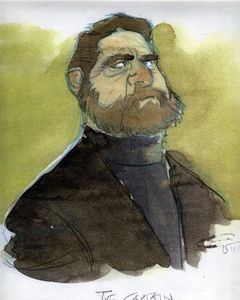

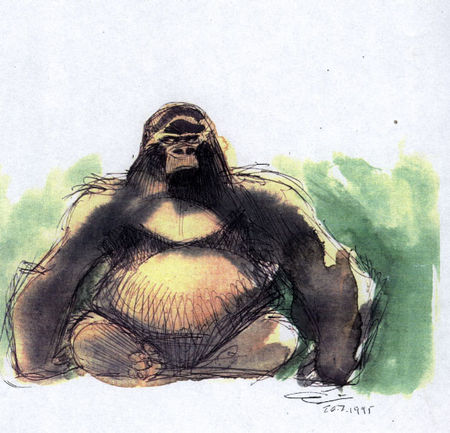
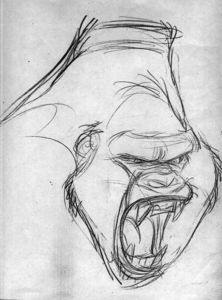

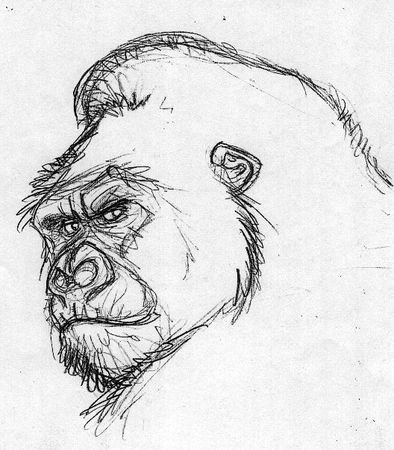

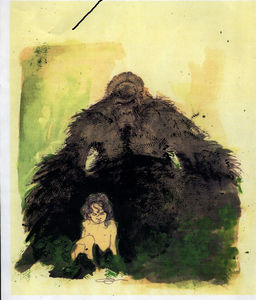
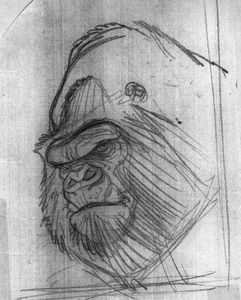

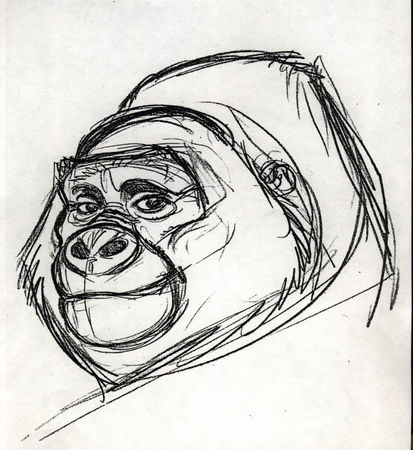

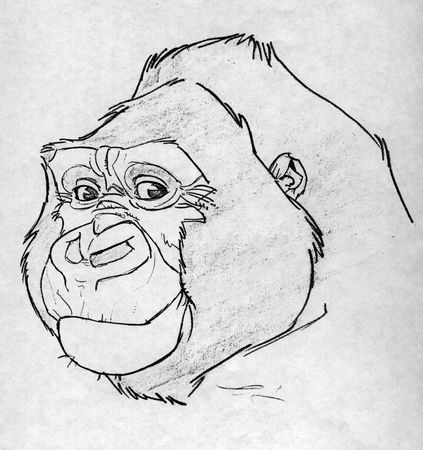

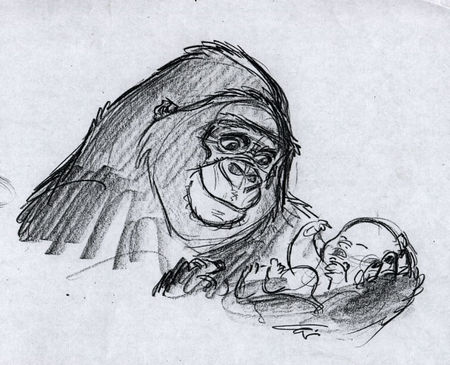


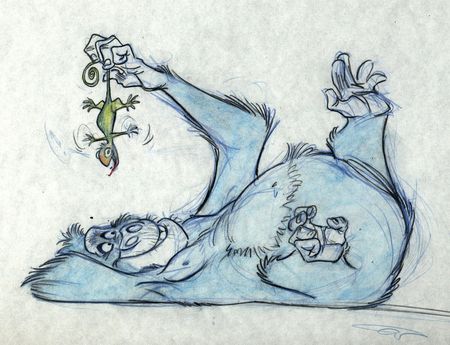
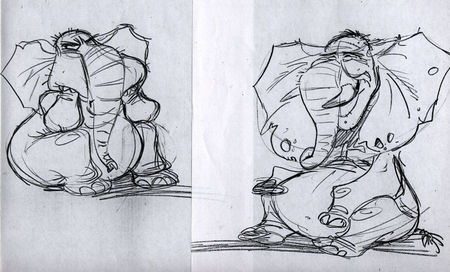



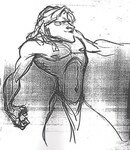
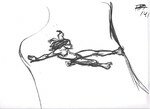


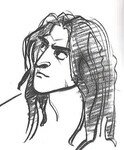






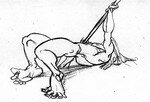







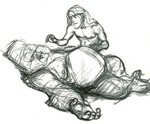
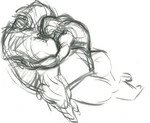

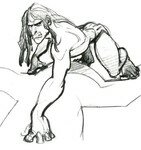

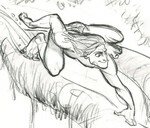




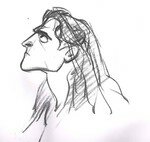



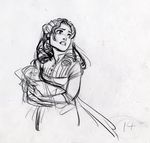
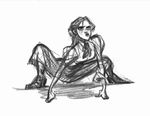
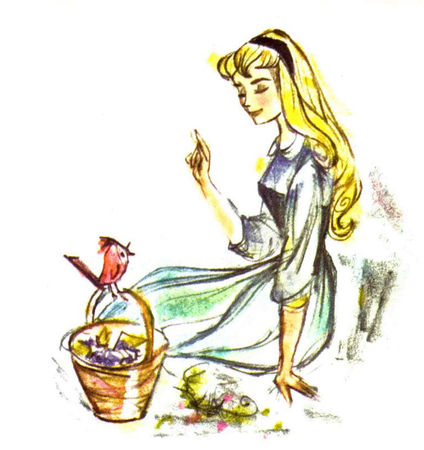
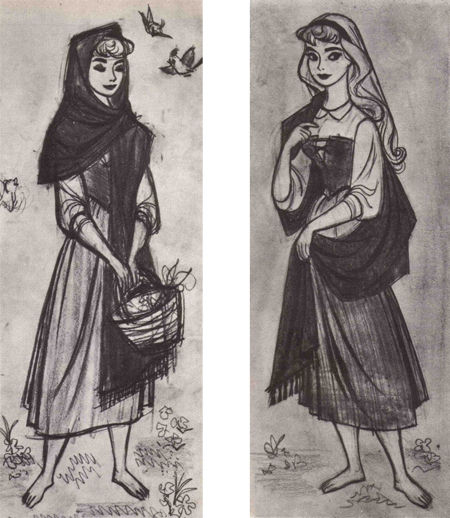
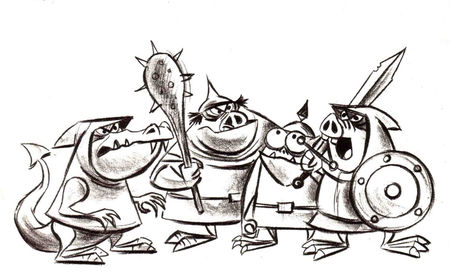
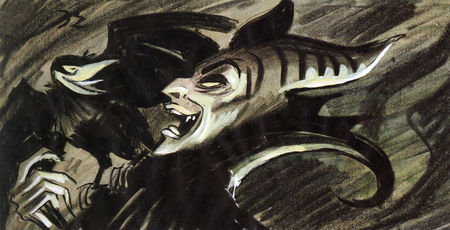
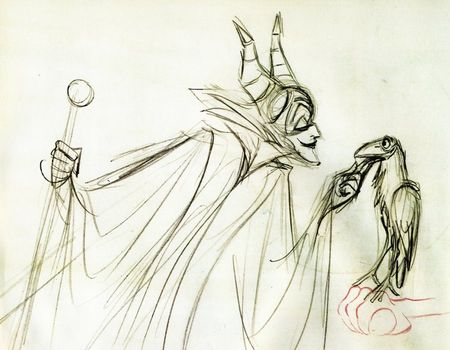

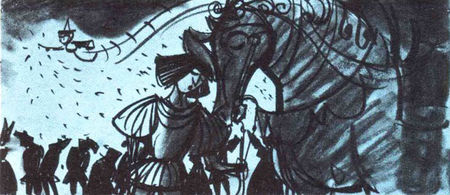
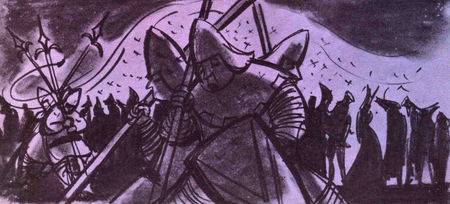
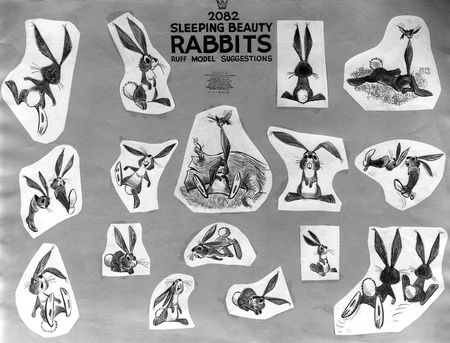
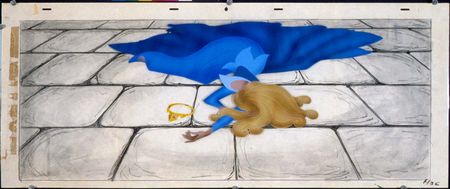
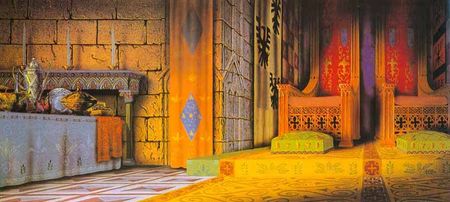
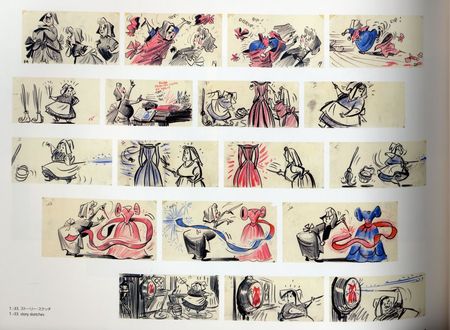
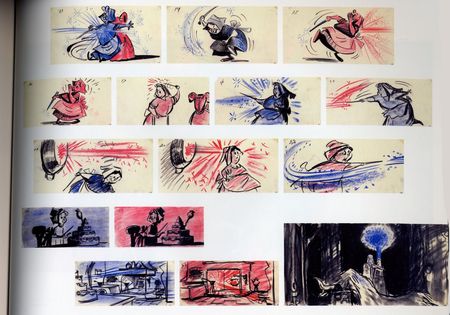



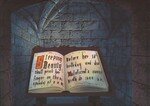









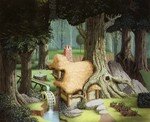
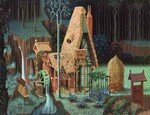














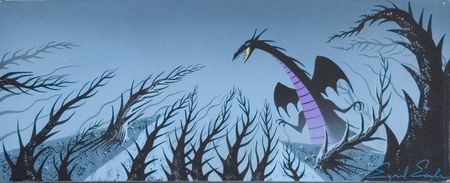
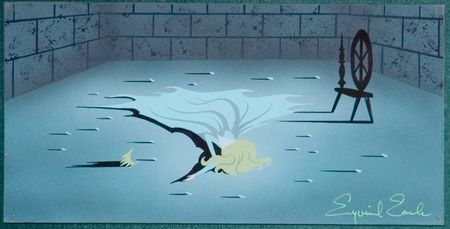
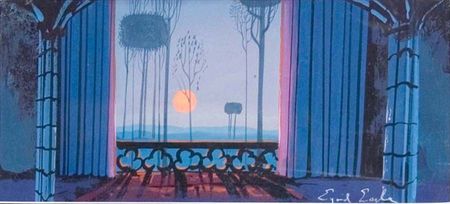
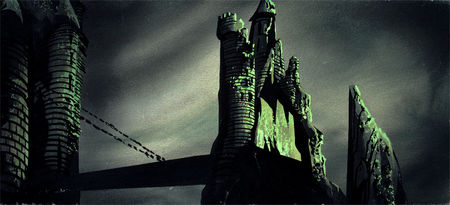

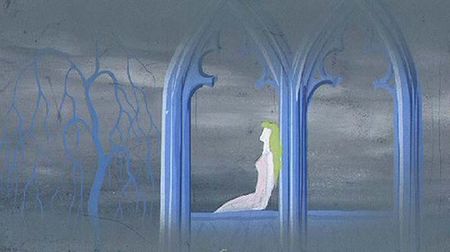


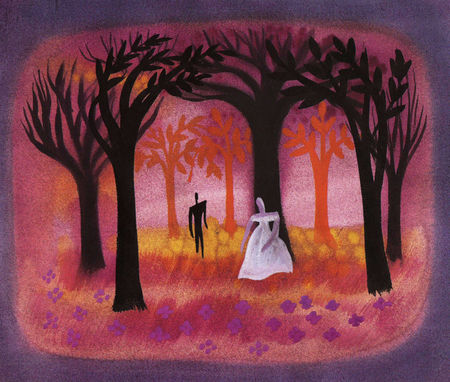
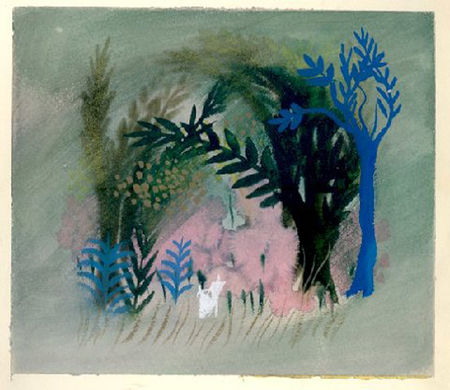

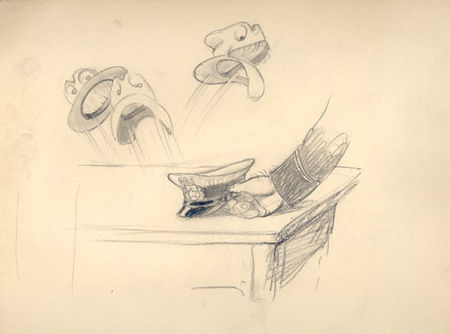
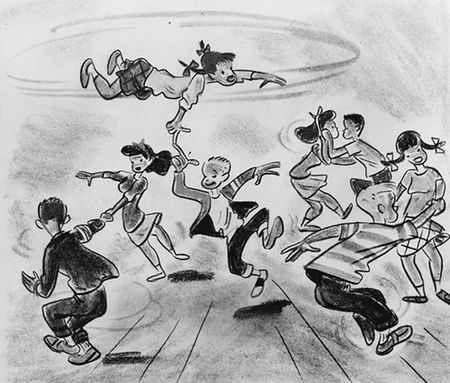

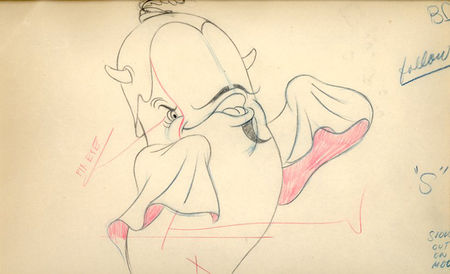
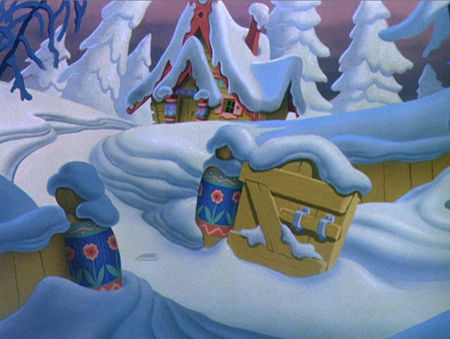

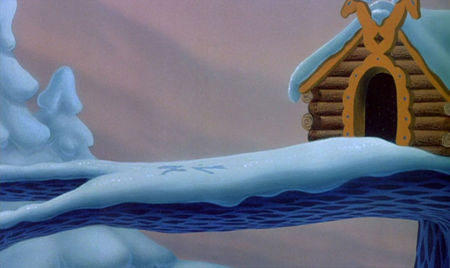
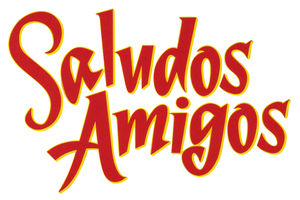

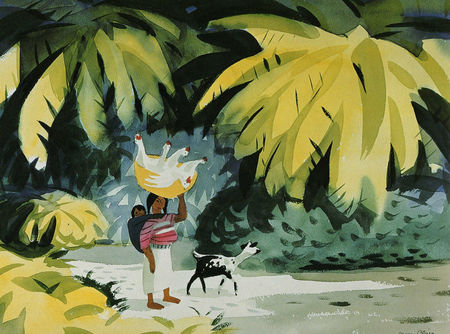


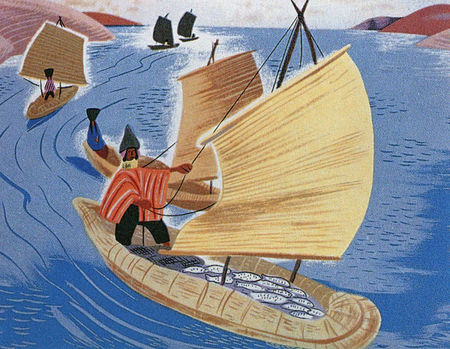
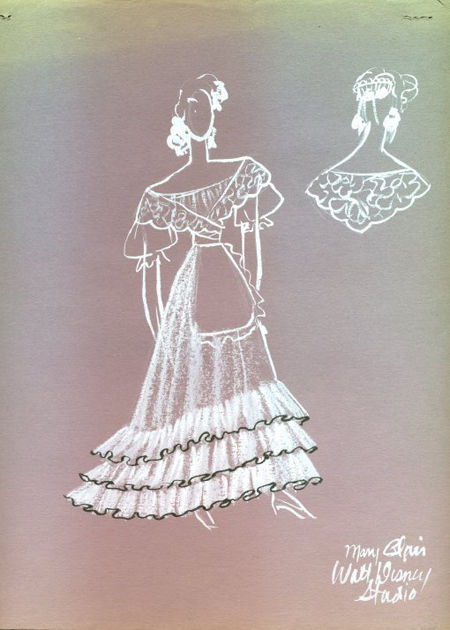



Nessun commento:
Posta un commento